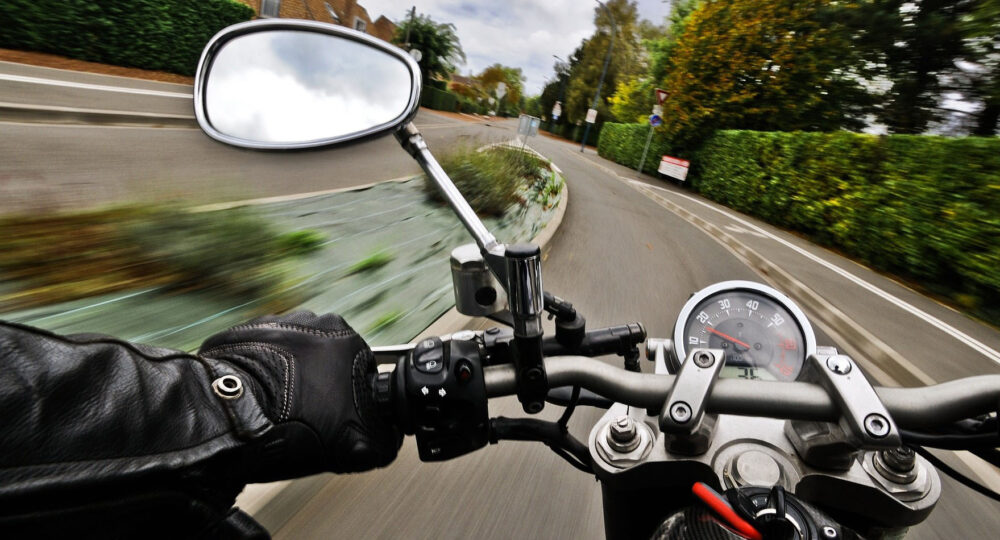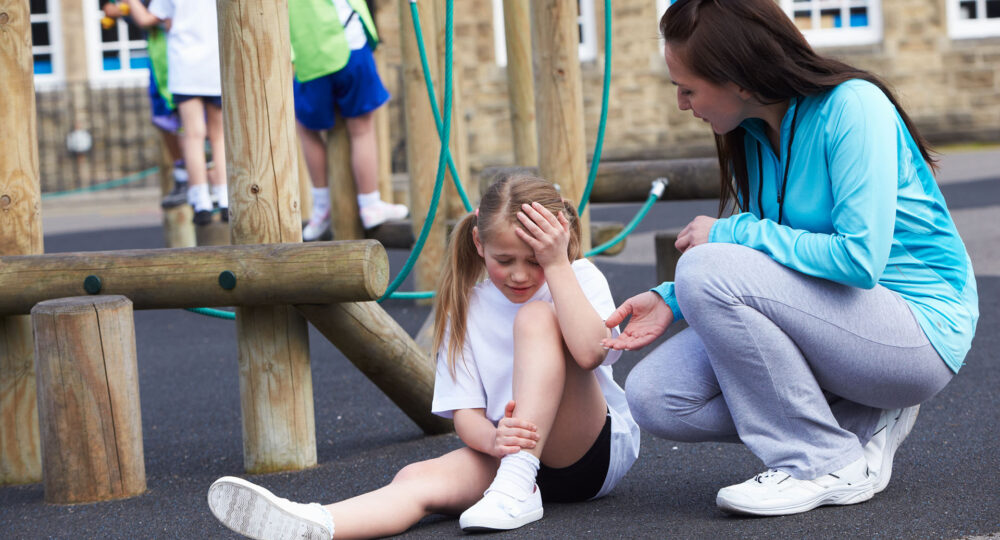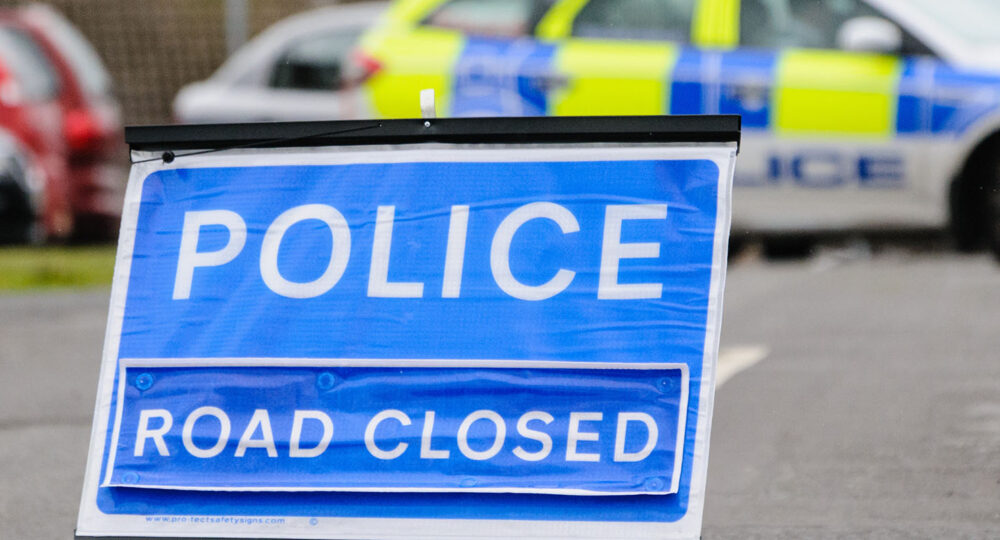ROAD TRAFFIC ACCIDENTS INVOLVING CYCLISTS
One of the features of modern motoring is the proliferation of cycle lanes on the highway, often squeezed into narrow town roads that were only ever constructed wide enough to comfortably accommodate two-way vehicular traffic in the first place. Take the morning commute. As a car driver, you despair at the seemingly reckless cyclists who dart in and around cars, maybe ignoring the normal rules of the road. Cyclists on the other hand criticise the vehicle drivers for failing to see them or not providing them space.
Unfortunately, accidents do happen involving pedal cyclists colliding with cars or other vehicles. Sometimes, these accidents can lead to severe injuries. There are thousands of Road Traffic Accidents involving cyclists every year. Often, they happen because the driver of a vehicle fails to see the pedal cyclist and pulls out of a side road, or goes onto a roundabout straight into the cyclist’s path.
So, who’s to blame when a vehicle has a coming together with a bicycle? There is generally a protective approach taken by the courts because a pedal cyclist is at risk when sharing the same road with a large, motorised vehicle.
LEGAL ISSUES & CASES THAT HAVE GONE TO COURT
Clearly, a car can do more damage than a pedal cycle. The law will look to see who has been at fault.
Case scenario 1
There was a collision between a pedal cyclist who was overtaking a line of stationary traffic in an area of the road which was flooded and a car was travelling in the opposite direction. The collision took place on the car’s side of the road.
The pedal cyclist argued that the car driver had failed to keep a proper lookout, that he had failed to see the cyclist ride around the flooded area and should have slowed down to allow the cyclist to safely return to his side of the road, or that he had failed to steer his car away from the cyclist. The cyclist argued that the car driver had had enough time to steer away or perhaps slow down or stop and give the cyclist room.
The cyclist’s claim failed. The car driver had been driving properly on his side of the road at a reasonable speed. He was not required to stop or steer away. The cyclist had moved into the car driver’s side of the road before he got to the flooded area. The cyclist should have seen the car and stopped before going on to the car driver’s side of the road. There was no reason for the car driver to expect or anticipate that the cyclist would suddenly move into his path. The cyclist was not on the car driver’s side of the road for any sufficient length of time for the driver to have seen him and then have taken evasive action.
Case scenario 2
The cyclist was cycling very close to the centre of the road. A car was coming in the opposite direction.
The cyclist lost control of the cycle and went into the car’s path.
The car driver was held mainly to blame for the accident. The Highway Code refers to the vulnerability of cyclists and the need for other road users to take extra care. When passing cyclists, they should give them plenty of room. Drivers have to anticipate hazards in the road and be ready to react to them. The fact that the cyclist was very close to the centre of the road was noticed by the driver straight away. The driver had seen that the cyclist was trying to keep control of the cycle. The driver had slowed down but should have stopped. The driver had a distance of about 60m and therefore time to stop. In this case, the car driver was held 75% to blame and the cyclist was held 25% to blame. This meant that the cyclist’s compensation award was reduced by 25%.
Case scenario 3
A cyclist was injured when a lorry driver turned justify at a junction just as the cyclist was passing. The lorry driver was negligent for failing to check his mirror before turning justify. The cyclist was found 30% to blame for failing to pay attention to the need for the lorry to have extra room to turn the corner. The cyclist should have stopped/slowed down.
Case scenario 4
A cyclist was riding on a dual carriageway when the driver of a van travelling in the opposite direction was intending to turn right, across the cyclist’s path. The van driver did not notice the cyclist and there was a collision. The van driver was held mainly to blame. However, the cyclist had also had a chance to react appropriately. If the cyclist had kept a proper lookout, he could have slowed down or stopped in time. The cyclist was held 20% to blame.
What do these cases tell us?
It is clear that cyclists require extra care and consideration as road users. Sometimes, they can be difficult to see at junctions, roundabouts, blind spots, etc. Subject to the precise accident circumstances, the driver of a vehicle will generally bear most of the responsibility for road Traffic Accidents involving cyclists and findings of contributory negligence against a cyclist can vary. The important point to note is that contributory negligence does not defeat a claim. The claim can still be made but any award of compensation will be reduced in accordance with the percentage of blame attached to the cyclist. Even if a cyclist were found 50% to blame, given that the cyclist may have suffered severe injuries, 50% of the compensation award would still amount to a substantial sum.
If you are a cyclist, how do prove the driver to blame?
You would be wise to seek expert legal advice, particularly if your injuries are severe.
It is always important to obtain the police report if there is one in existence. That will often contain helpful information about the accident circumstances, and can give an indication as to what happened and why. The police may have spoken to independent eyewitnesses. Their evidence could be extremely helpful.
If the driver has been charged with an offence, that can be useful evidence. However, just because the driver has not been charged, does not mean that a claim for compensation is likely to fail.
Consideration may need to be given to other issues, such as the existence of CCTV, or speaking to eye witnesses.
How can you help yourself?
- Wear protective and bright clothing, and wear a safety helmet.
- Make sure your cycle has lighting that works properly.
- If you are involved in an accident and are able to, take the details of the vehicle driver and the vehicle registration, make and model.
- Speak with the driver to obtain insurance details.
- If there are any independent eyewitnesses, get their details too.



